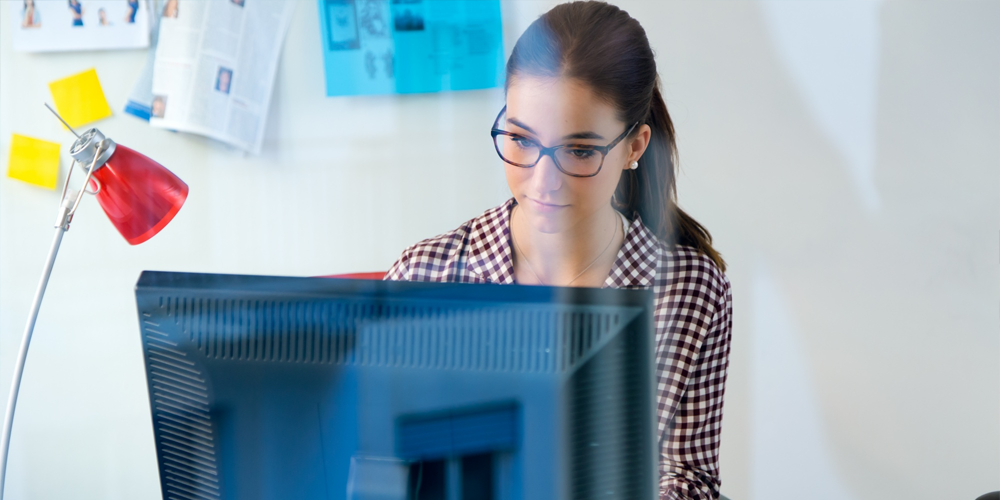Should We Take a Second Look at How We Teach These Days?
- admin
- 2023-06-07
- 6 min read

Wikipedia to a new invention
Contents
Young people nowadays enjoy complimentary access to the high-speed electronic environment that has come to be known as “The Internet.” When students want to expand their existing knowledge, they commonly visit Wikipedia. The reliability of the textual information we may find online is a real worry. Do we have permission to use this material, debate it, break the taboo, and use it to create a new scientific evolution?
A sad fact that is immensely bothersome!
Even the brightest and most devoted individuals can become involved in their limited perspectives and thought processes. This is evidenced by many of our researchers that ambitious young students write down their most original theories and ideas during their free time. Only to hide them in the farthest corners of their offices because they are deemed to be “far-fetched,” “Pseudo-science,” or “hypothetical nonsense.” The majority of ordinary people have forgotten that several fantastic and revolutionary ideas were born through such thinking, which seems to be “far-fetched,” “Pseudo-science,” or “hypothetical nonsense” to them in their contemporary world.
Application of Fresh Ideas
Our history is full of incredible technological innovations! For young people , researching several historical inventions, such as the inventions made by the Greco-Egyptian scientists and engineers of Alexandria, or the robotic systems of DaVinci, Newton’s Orbital Cannon, Graham Bell, and many more, would be a fascinating task. Such tasks will help them to cultivate fresh and innovative ideas in their minds. Moreover, building these antique machines and then improving and modernizing them would be creative and entertaining. Applying such new ideas may prove highly beneficial and innovative for industries like the space industry or the medical field.
Truthfully, narrowness is pervasive!
The paradox is that while we can see someone else’s narrow-mindedness, it is also the same quality that keeps us mired in our limited vision, negatively affecting our personal and professional lives. We must quickly pick from those things we should focus on, what we should be concerned about, and what we should ignore. As strange as it may sound, the quick and efficient processing we conduct in our brains is incredibly beneficial since it enables us to save most of that energy for the essential tasks we must complete during the day and beyond.
How traditional thinking prevents the development of innovations that could safeguard our lives
Robin Warren and Barry Marshall, two researchers from a research station in Western Australia, believed they had discovered evidence that bacteria caused ulcers. Still, everyone knew—including the scientific dogma—that spicy foods and excess stomach acid were to blame. So these guys approached a bureaucratic wall in their attempt to have their science funded. When Barry becomes a little desperate, he chooses to consume this bacteria on a plate. He suffered from severe gastritis during the following few weeks, but after taking a typical round of antibiotics, he fully recovered. They then published the findings in a recognized journal, and the outcome was that the market went crazy! Reader’s Digest and the National Enquirer were the only publications to continue publishing Barry’s findings when they were published in a recognized journal. Short version: These bio revolutionaries received the Nobel Prize in Medicine in 2005. Because of common wisdom, we are forced to ponder what other breakthroughs are still being held captive in laboratories.
Make your video games
The Raspberry Pi meets all the needs of our young gamers. The Raspberry Pi gamifies the learning system in the same way that robotics or coding always does. They can create and develop their computer games. Users can use a simple drag-and-drop option to make the process simple. Similar to the Blockly editor seen in the online learning program CoderZ.
Conclusion
New scientific ideas can arise, and innovative inventions can emerge from reading web articles, reflecting on the information, and debating it with classmates. Consider the possibility that MIT would not have allowed its students to develop their creative thinking and that NASA would not have employed these individuals.
Would the Perseverance Mars Rover have carried the Mars helicopter or touched the Martian surface? Be crazily curious, challenge the existing quo, and be fixated on variety and dissent since that’s where creativity and our greatness begin!
21K School
Read our latest education blogs here. We are pioneers in proffering personalised, affordable and high-quality lessons using an advanced learning platform.


Join Asia’s Leading Online School and Unlock
endless opportunities
Join Asia’s
Leading Online School
and Unlock endless opportunities

 Thailand
Thailand




